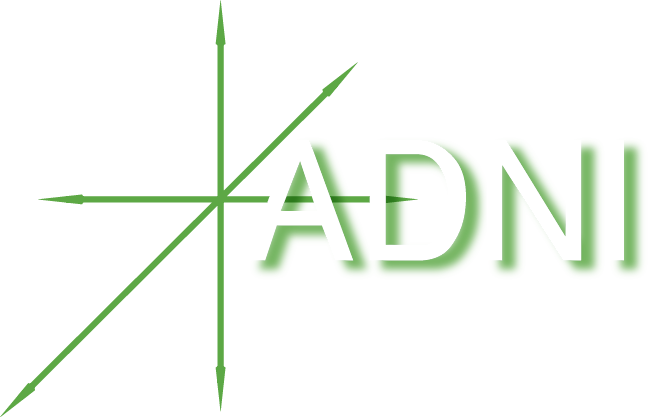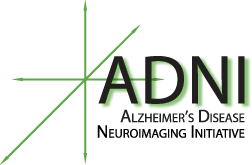Currently, there are four types of processed PET image data available in the ADNI database, each of which is described below. All processed PET image data are in DICOM format. These files can only be found by using the Advanced Query and selecting the Processed option under the Image Information section of the search page.
The goals of these initial processing steps include 1) making more uniform PET data available, and 2) making PET images from different systems more similar. Achieving these goals will provide consistent starting points and simplify subsequent ADNI analyses.
The processing steps listed below are incremental. Scans from previous steps are further processed to provide increasingly uniform data sets. Investigators should determine what type of processed data is be most appropriate for their planned use. Scans acquired with dynamic and quantitative protocols have all four types of processed data. Scans acquired with the static protocol have only two types of processed data (see below).
1. Co-registered Dynamic
Raw PET images from all sites are downloaded for quality control at the University of Michigan. Raw images are converted to a standard file format. Separate frames are extracted from the image file for registration purposes. Either six five-minute frames (ADNI1) or four five-minute frames (ADNI GO/2) are acquired 30 to 60 minutes post-injection. Each extracted frame is co-registered to the first extracted frame of the raw image file (frame acquired at 30-35 min post-injection). The base frame image and the five co-registered frames (or all co-registered frames for the quantitative studies) are recombined into a co-registered dynamic image set. These image sets have the same image size (for example, 128×128×63) and voxel dimensions (for example, 2.0×2.0×2.0 mm) and remain in the same spatial orientation as the original PET image data. This is called “native” space. These files are uploaded to LONI in DICOM format. Only PET scans acquired under protocol 1 or 3 above will have a processed image set of this type. To summarize, PET image sets with a series description of “co-registered dynamic” have two primary differences from the “original” raw PET image data: 1) separate frames have been co-registered to one another lessening the effects of patient motion, and 2) image files are in DICOM format.
2. Co-registered, Averaged
This type of processed image set is generated simply by averaging the 6 five-minute frames (or the last 6 frames for the quantitative studies) of the “Co-registered Dynamic” image set described above. This creates a single 30 min PET image set still in “native” space. As above, only PET scans acquired under protocol 1 or 3 above, will have an entry of this type.
3. Co-reg, Avg, Standardized Image and Voxel Size
Each subjects co-registered averaged image from their baseline PET scan is then reoriented into a standard 160×160×96 voxel image grid, having 1.5 mm cubic voxels. This image grid is oriented such that the anterior-posterior axis of the subject is parallel to the AC-PC line. This is referred to as AC-PC space in the LONI search program. This standardized image then serves as a reference image for all PET scans on that subject. The individual frames from each PET scan (the baseline study, as well as all subsequent studies (6-month scan, 12-month scan, etc.), are co-registered to this baseline reference image. By doing the co-registration from the original raw image data to a standardized space in a single step, only one interpolation of the image data is required, and thus resolution degradation by interpolation is kept to a minimum, and is the same for all scans. An averaged image is generated from the “AC-PC” co-registered frames and then intensity normalized using a subject-specific mask so that the average of voxels within the mask is exactly one. Both the spatial orientation (AC-PC) and the intensity normalization of the image are intended as a starting point for subsequent analyses. With a standardized image matrix, PET data from different scanner models can be compared more easily. It should be noted that in these images sets only spatial re-orientation and intensity normalization of scans has occurred. No non-linear warping or even linear scaling of the brain dimensions has been applied to the images.
4. Co-reg, Avg, Std Img and Vox Siz, Uniform Resolution
These images are the result of smoothing of the above-mentioned images. Each image set is filtered with a scanner-specific filter function (can be a non-isotropic filter) to produce images of a uniform isotropic resolution of 8 mm FWHM, the approximate resolution of the lowest resolution scanners used in ADNI. Image sets from higher resolution scanners have been smoothed more than image sets from lower resolution scanners. The specific filter functions were determined from the Hoffman phantom PET scans that were acquired during the certification process.


